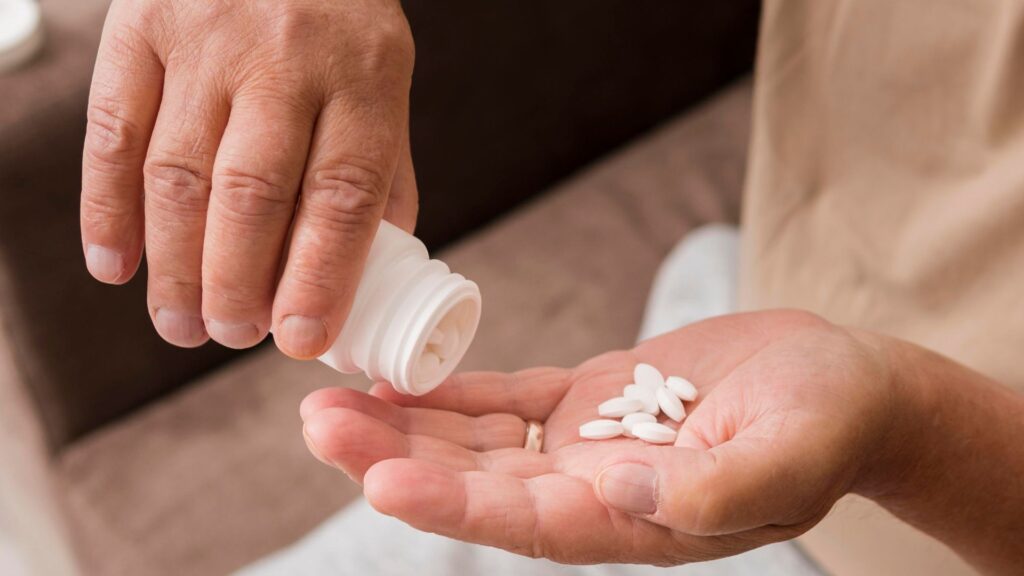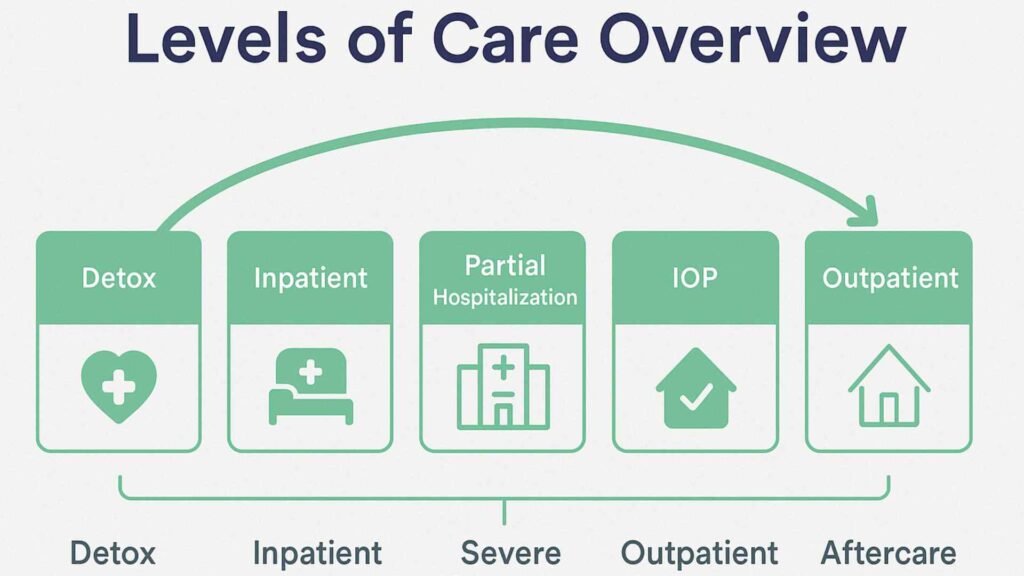The Four C’s of Addiction, craving, compulsion, control, and consequences, offer a clear framework for understanding when substance use becomes a serious disorder. These aren’t just buzzwords, they’re clinically recognized indicators that help professionals diagnose and treat addiction.
This article explores the Four C’s of Addiction, how they interconnect, and why recognizing them early is essential for recovery.

Compulsion
Compulsion in addiction refers to the overpowering urge to use a substance, even when you know it’s harmful. It overrides logic and intention, turning use into a survival-like need. Over time, the substance becomes the center of daily life, pushing aside relationships, responsibilities, and health.
Neurobiologically, compulsive behavior is fueled by changes in the brain’s reward system, reinforcing a cycle that feels impossible to break without help.
Craving
Cravings go beyond simple desire; they’re intense, intrusive, and can feel like a physical need. Triggers such as stress, memories, or social environments can unleash a flood of desire that’s hard to resist.
Behind the scenes, brain chemistry is driving this reaction, often due to dopamine imbalances and conditioned responses. Understanding cravings is the first step in learning how to manage them through therapy and support.
Control
One of the clearest signs of addiction is losing control over substance use habits. You may try to cut back or quit, only to relapse days or even hours later. Despite your best efforts, use continues—usually with escalating frequency and intensity.
This loss of control is not about willpower; it reflects real changes in brain function, especially in areas responsible for decision-making and self-regulation.
Consequences
Addiction often leads to serious consequences, strained relationships, declining health, job instability, and legal trouble. Despite recognizing these outcomes, individuals may continue using substances, unable to break the cycle on their own.
This pattern of continued use despite harm is one of the clearest indicators of a substance use disorder. For those facing these challenges, the structured support in Outpatient programs can help individuals regain stability without stepping away from their everyday lives.
How the Four C’s Work Together
The Four C’s do not occur in isolation, instead, they interact in a reinforcing cycle that deepens the severity of addiction over time.
A craving may initiate the urge to use, which then drives compulsive behavior. This compulsion often overrides an individual’s ability to maintain control, leading to continued use even when harmful consequences are apparent. Each component amplifies the others, creating a self-perpetuating loop that is difficult to break without intervention.

Understanding how these elements function together highlights why addiction is not simply a matter of willpower. Effective recovery requires an integrated approach that addresses each aspect of this cycle through medical care, behavioral therapy, and long-term support.
Early Warning Signs and Red Flags
Recognizing the early signs of addiction can be critical to preventing a substance use problem from progressing into a more severe disorder. While occasional or experimental use may not immediately indicate addiction, consistent behavioral patterns often point to underlying issues that warrant professional attention.
Common early indicators include:
- Using substances as a coping mechanism for emotional pain, stress, anxiety, or trauma
- Unsuccessful attempts to stop or reduce use, even with strong intentions to quit
- Experiencing withdrawal symptoms—physical or psychological—when unable to use
- Continued use despite negative consequences, such as relationship strain, declining work performance, or legal issues
Identifying these red flags early allows for timely intervention and a greater likelihood of successful recovery. Addiction rarely appears overnight, it develops gradually and often in connection with underlying mental health concerns and other causes may they be physical or environmental. Seeking support before the condition worsens can significantly reduce long-term harm and improve treatment outcomes.
The Importance of Seeking Professional Help
Substance use disorders often involve changes in brain function, behavior, and emotional regulation. Professional treatment is recommended, especially for moderate to severe cases, as self-managed efforts may not address the full scope of the condition.
Clinical care provides medical oversight, behavioral therapy, and mental health assessment. It also helps identify co-occurring issues like anxiety, depression, or trauma. Evidence-based treatments such as CBT, MAT, and peer support have been shown to improve outcomes.
Early professional intervention can reduce health risks and support long-term recovery by offering structure, accountability, and tailored care.
Final Thoughts from Abundance Treatment
While the cycle of addiction can feel overwhelming, awareness of the Four C’s is an important first step toward seeking help, regaining control, and working toward lasting recovery.
At Abundance Treatment, we understand how addiction, rooted in brain changes and emotional pain, can feel like a relentless storm. Our outpatient rehab programs in Toledo, OH address all Four C’s with integrated mental health support. From strategies to manage cravings and retrain impulse control, to therapeutic tools that interrupt compulsive cycles and rebuild life in the wake of consequences—we’re here to guide the journey.




































